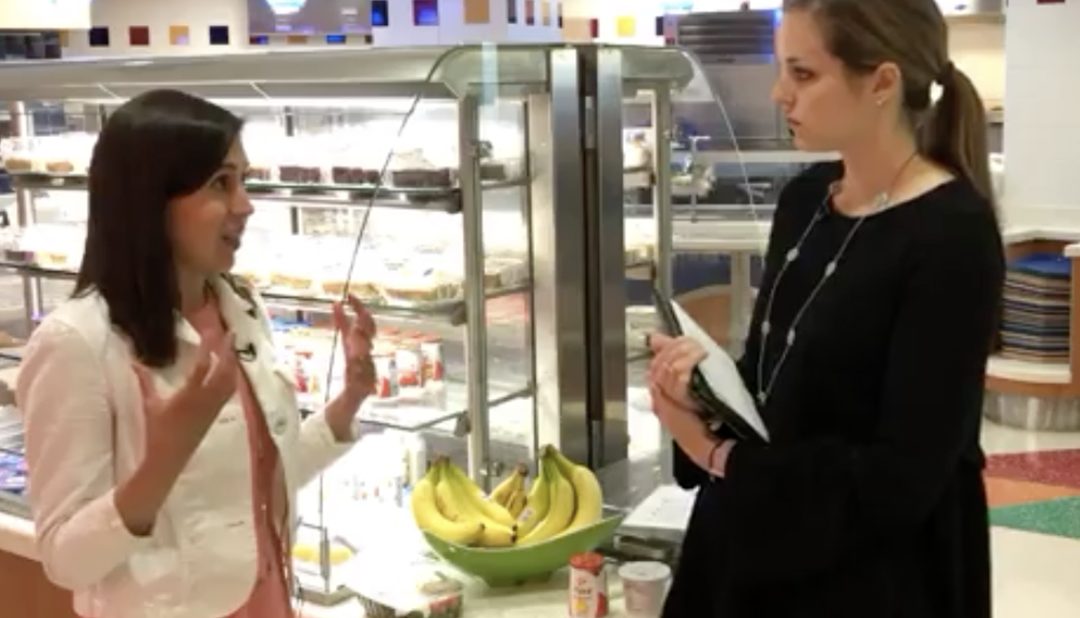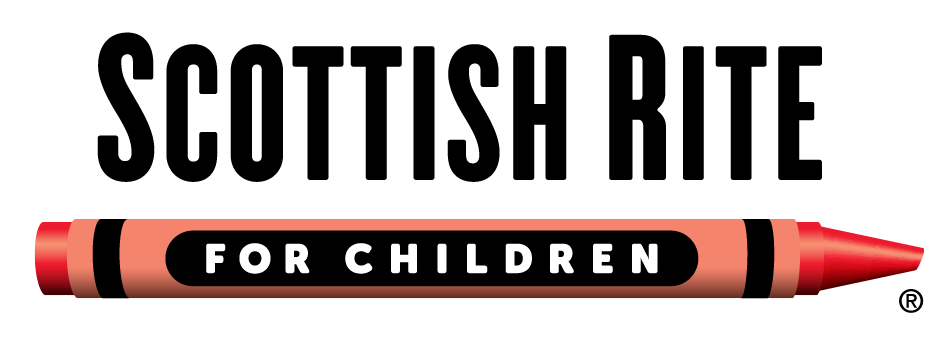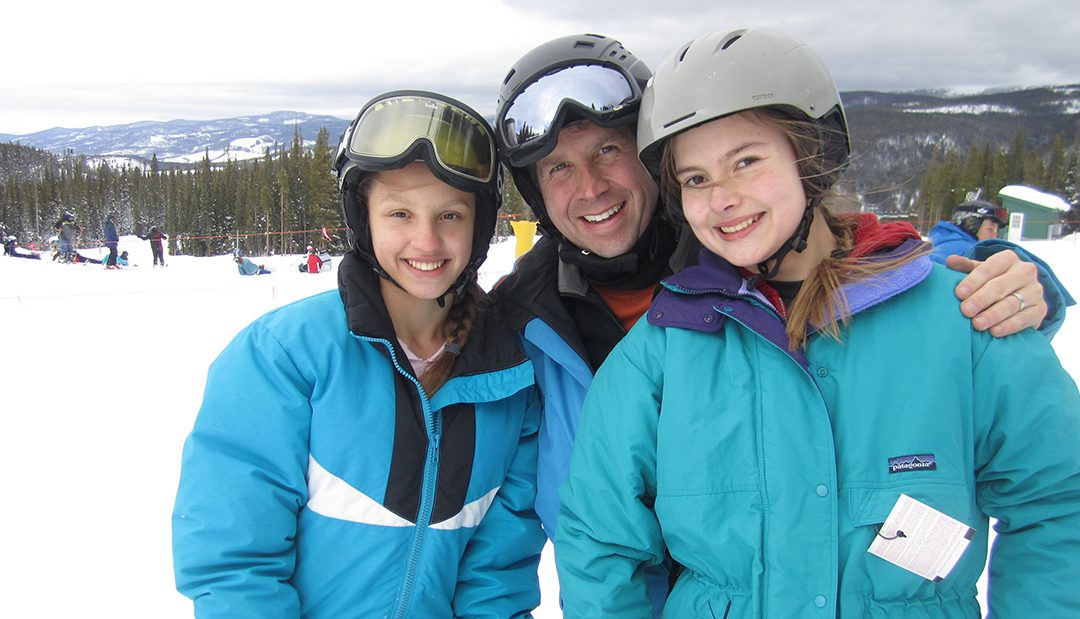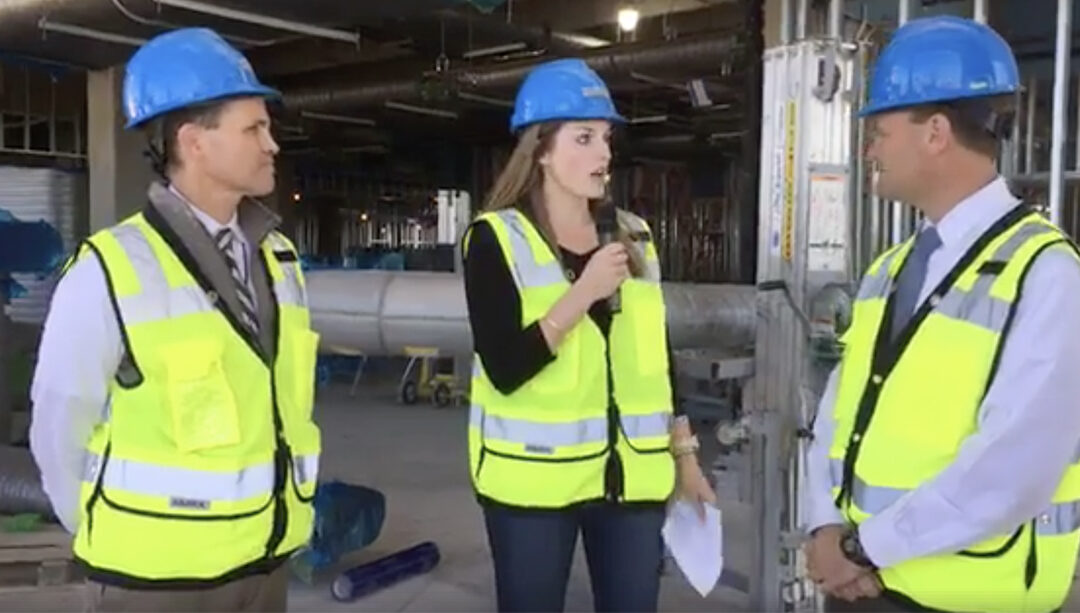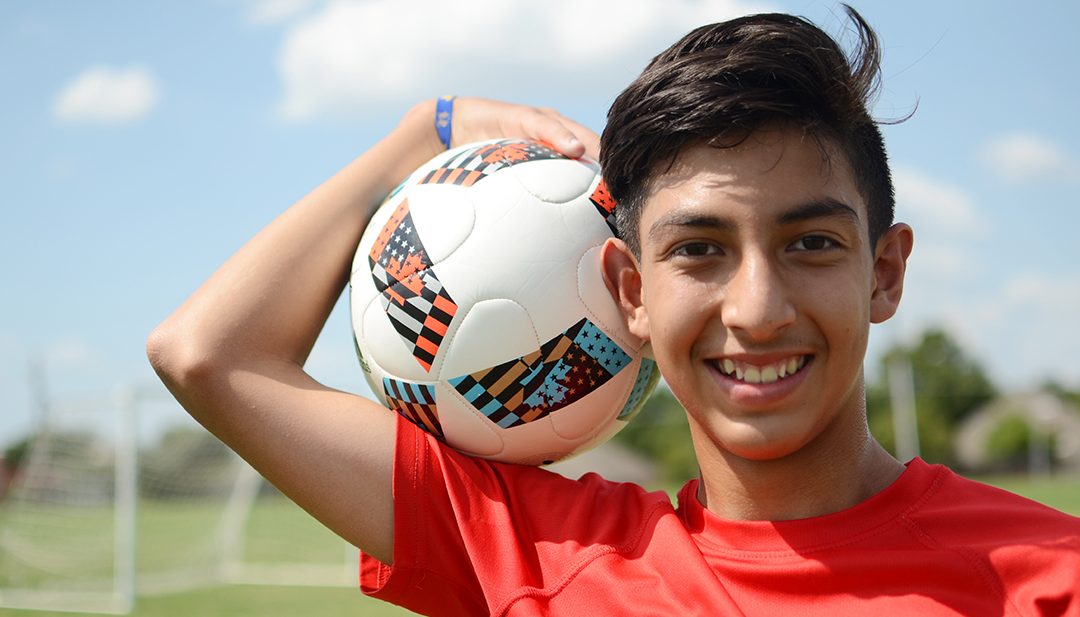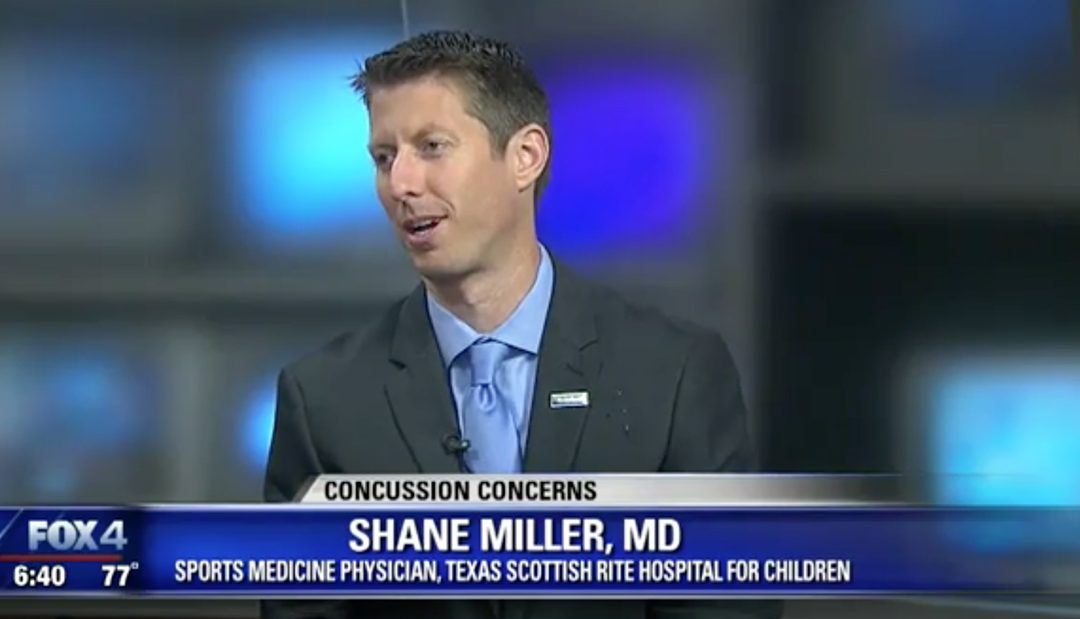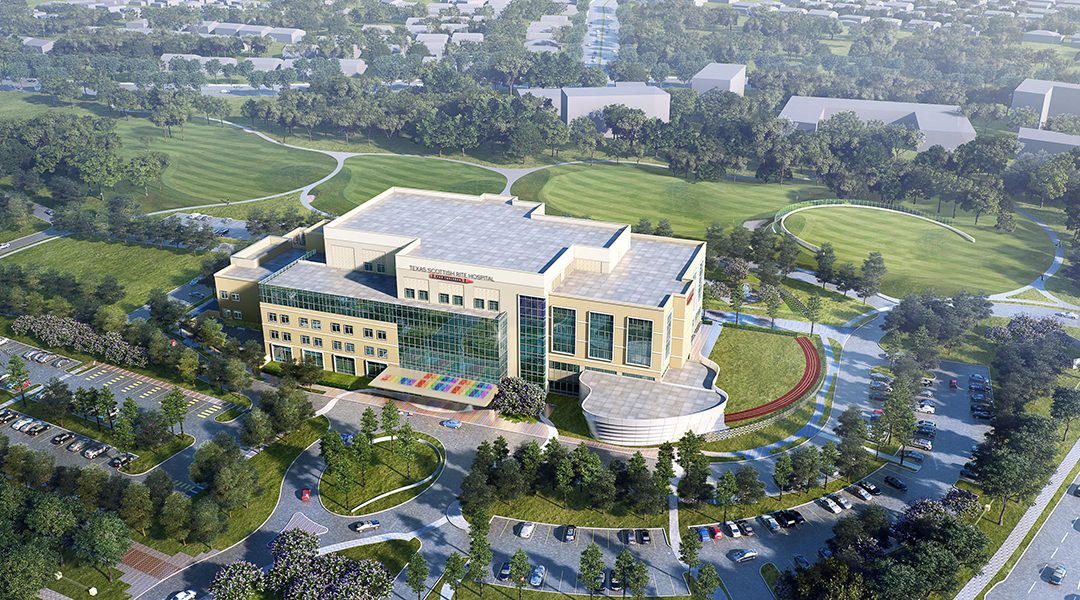Originally published on Forbes’ FriscoVoice.
As the saying goes, everything is bigger in Texas and the state’s appetite for athletics certainly holds up its end of the bargain when it comes to that designation. In fact, Texans would argue that no one takes their sports as seriously as the Lone Star state – especially when it comes to youth athletics.
From Little League baseball and high school football, to everything in between, sports are a big deal in Texas. Keeping the state’s athletic machine firing on all cylinders is no easy task, particularly in today’s world where athletic specialization and elite training activities are creating a growing concern for increasing rates of repetitive stress injuries for children. In this athletic climate, there is an ever-increasing demand for pediatric orthopedic specialists.
Among those leading the sports-medicine charge in the state is Texas Scottish Rite Hospital for Children, a world-renowned leader in the treatment of pediatric orthopedic conditions. The hospital certainly operates on the leading edge of medical technology, but it has a much more grounded mission – helping the less fortunate.
Scottish Rite Hospital was established in 1921 when a group of Texas Mason approached Dallas’ first orthopedic surgeon, Dr. W. B. Carrell, about caring for children with polio regardless of a family’s ability to pay. Since then Scottish Rite Hospital has treated more than 275,000 children, with more than 40,000 clinic visits each year. The hospital, guided by the principle of giving children back their childhood, takes a multidisciplinary approach to care, tailoring treatment to the individual needs of each child and family.
Scottish Rite Hospital, which has trained more pediatric orthopedic surgeons than any other institution in the world and holds more than 25 patents for pediatric orthopedic devices and techniques, is now planning to give even more kids their childhoods back, by helping them get back on the field of play.
Based on the state’s burgeoning athletic population and a growing need for innovative sports medicine, Scottish Rite Hospital will be expanding its operations through the opening of a new location outside of Dallas, its home for more than 95 years. The new facility, located about 25 miles north in Frisco, Texas, is expected to open in Fall 2018 and will be anchored by the Center for Excellence in Sports Medicine.
“This location made a lot of sense for a number of reasons during the initial phase of our site-selection process,” said Jeremy Howell, vice president for Scottish Rite Hospital’s North Campus. “For starters, we noticed that a quarter of our patient population was coming from this region, and while we serve patients from all over the country, Frisco was a logical fit for our future growth.
“We also saw a very active youth population in Frisco where we could easily share our expertise and innovations. Sports medicine is the fastest growing sub-specialty in pediatric orthopedics, so we are pleased to align with one of the most sports-minded communities in the state.”
In both locations, the hospital will continue to advance care through innovative research and teaching programs, while training physicians from around the world.
“The new facility will have an extensive physical therapy and rehabilitation component to provide quality, first-class patient care, as well as a number of other features in alignment with our core beliefs surrounding research and education,” said Assistant Chief of Staff Philip L. Wilson, M.D., who will oversee the sports medicine practice in Frisco. “Our revolutionary movement science lab will use 3-D motion capture technology to analyze complex musculoskeletal movements and help evaluate the efficacy of treatments, providing new levels of insight to the pediatric orthopedic community.
The new facility will also further expand the hospital’s focus on education by hosting lectures and seminars for medical professionals through its conference center and teaching facility. Scottish Rite Hospital puts a premium on teaching and educating families and community providers about the conditions we treat,” Wilson added.
As one of the fastest-growing communities in the nation, Frisco is on the move. And as construction continues on Scottish Rite Hospital’s Frisco campus, some of the things that pediatric sports medicine considers – like growth, speed and strength – have a striking similarity with Frisco’s evolution as a one of the brightest spots for development in the U.S.
Frisco, whose population has grown 380 percent since 2000, continues to draw new residents from around the globe. Known for its sports culture, exemplary schools and diverse community, the city is a magnet for a skilled workforce attracted to Frisco’s family-friendly atmosphere.
Supported by strong infrastructure, exceptional leadership and quality commercial development, Frisco has also been recognized by Money magazine as one of the top 100 places to live in the U.S.
As Frisco continues to expand, it will have a long-term partner in Scottish Rite Hospital. Together they will help keep Texas at the top of youth sports and safety.
